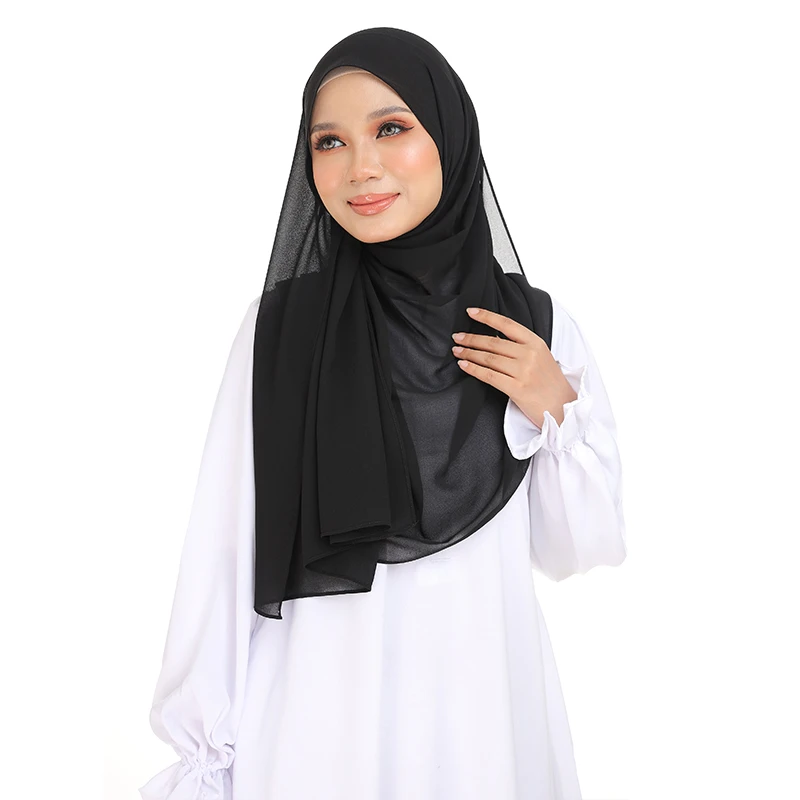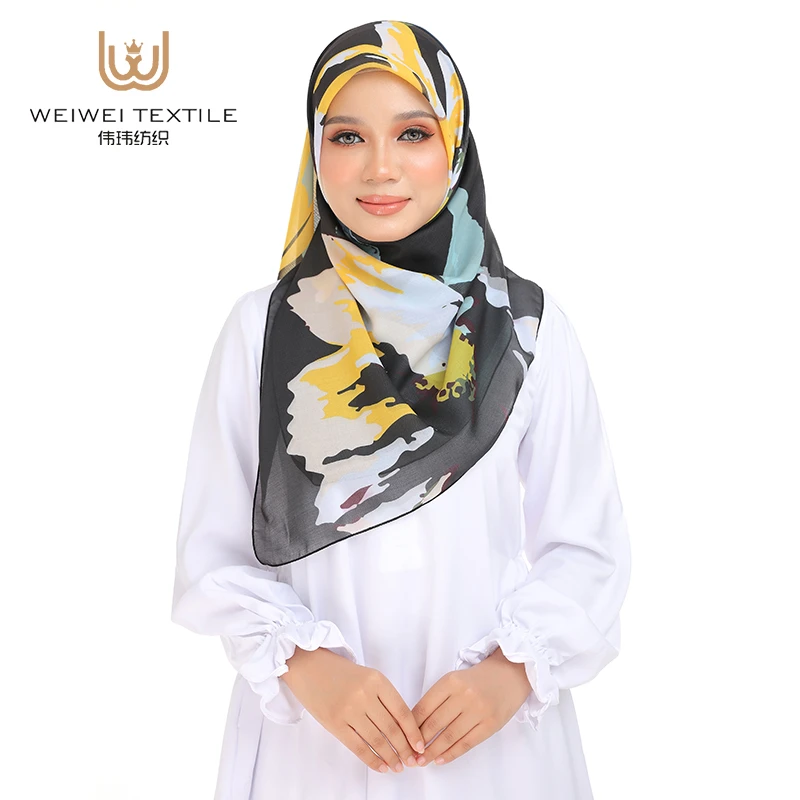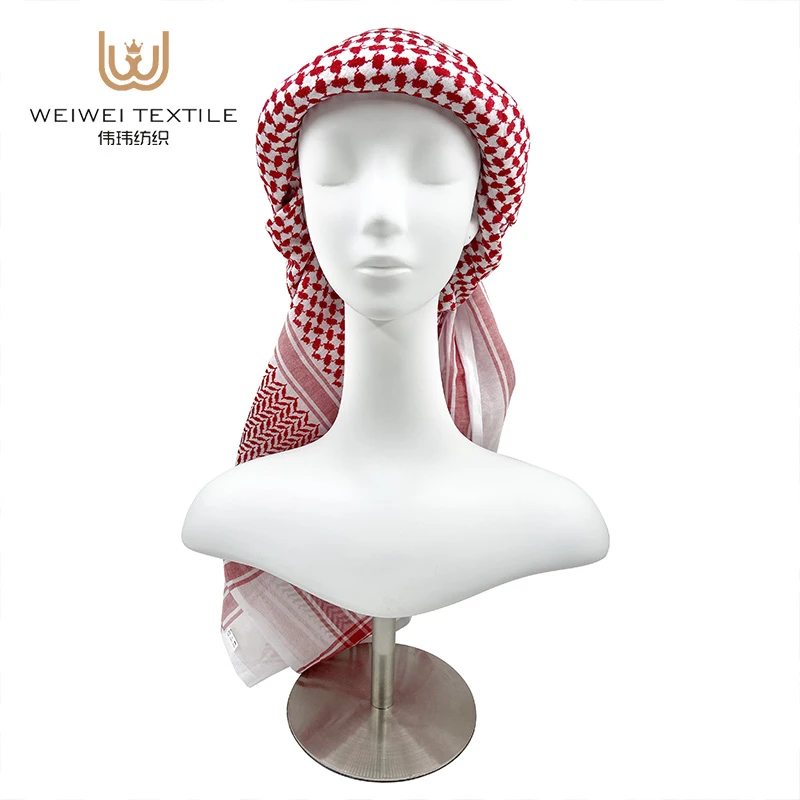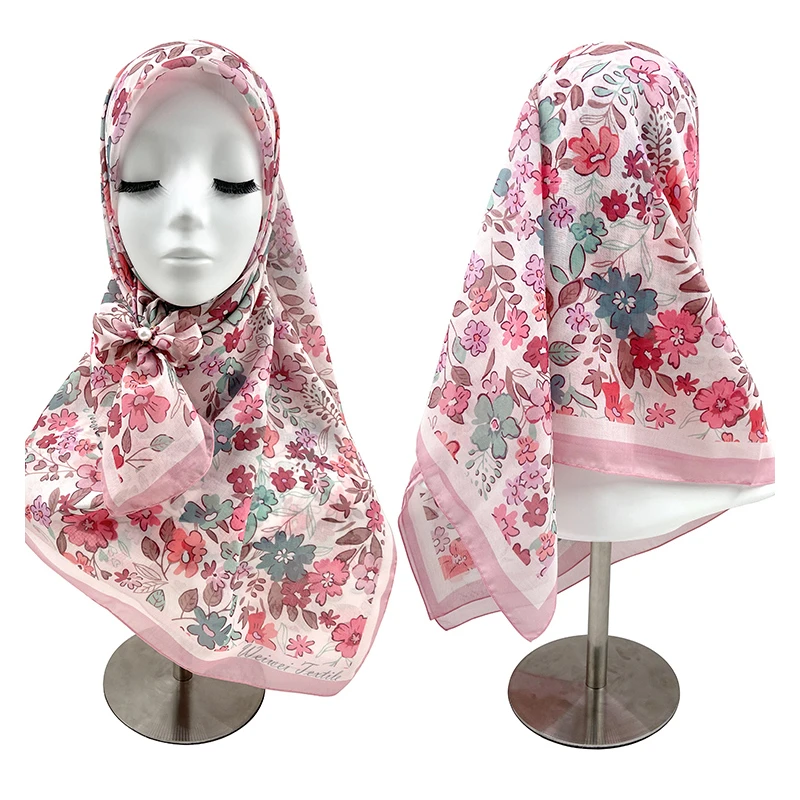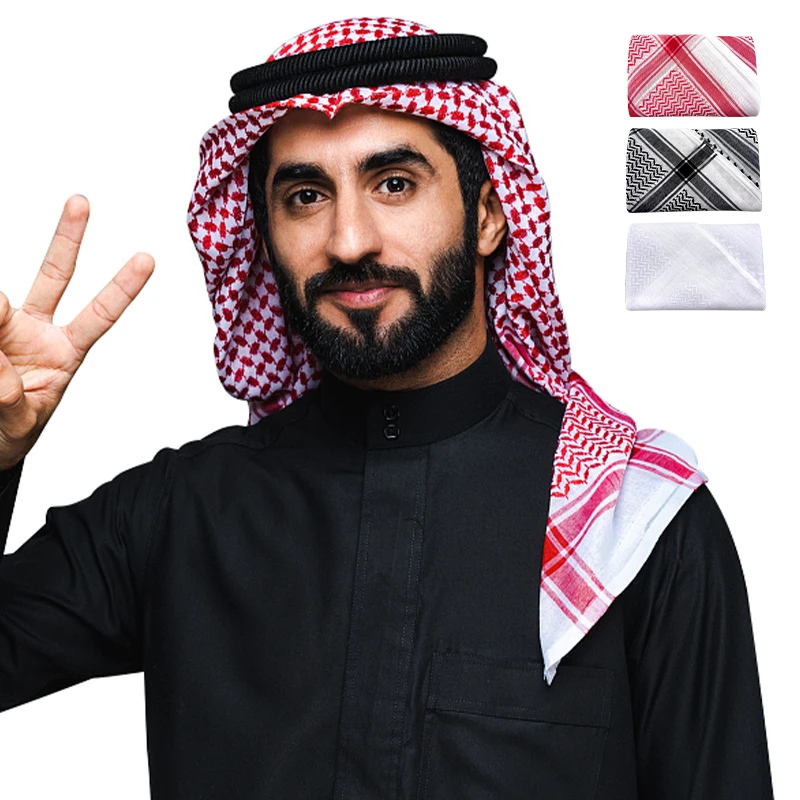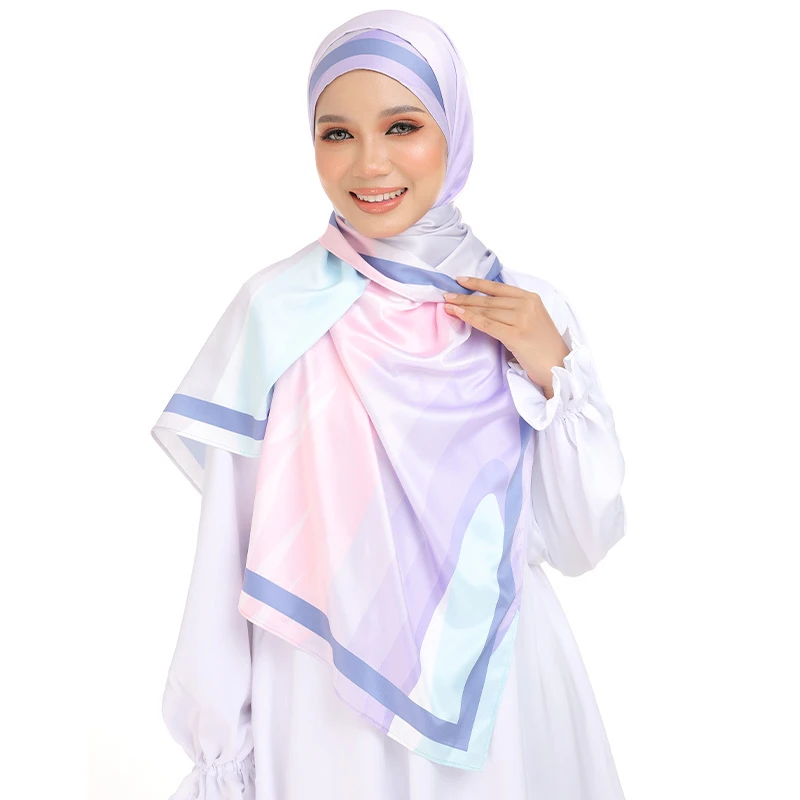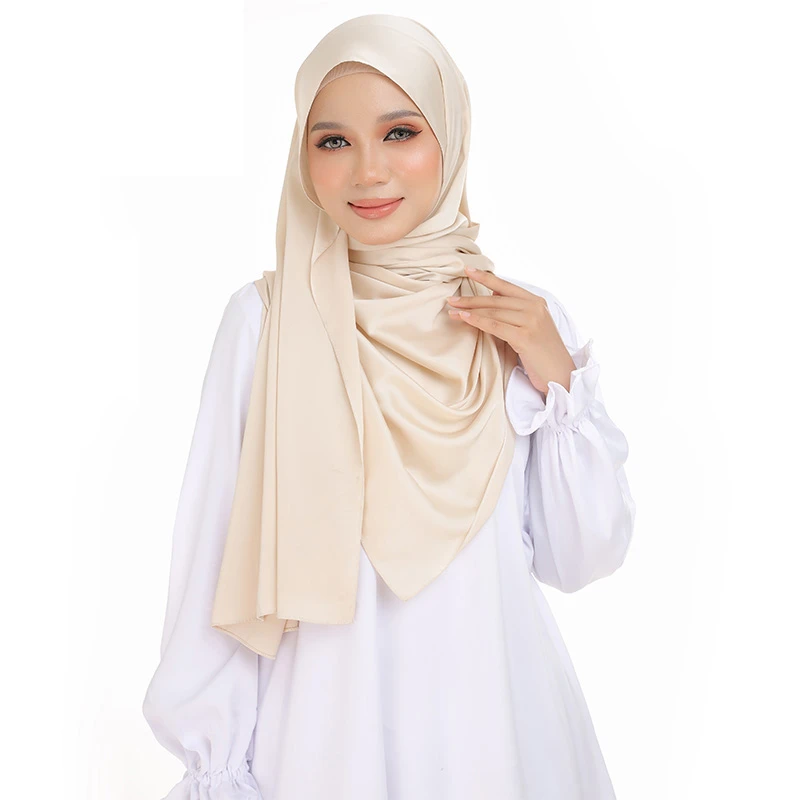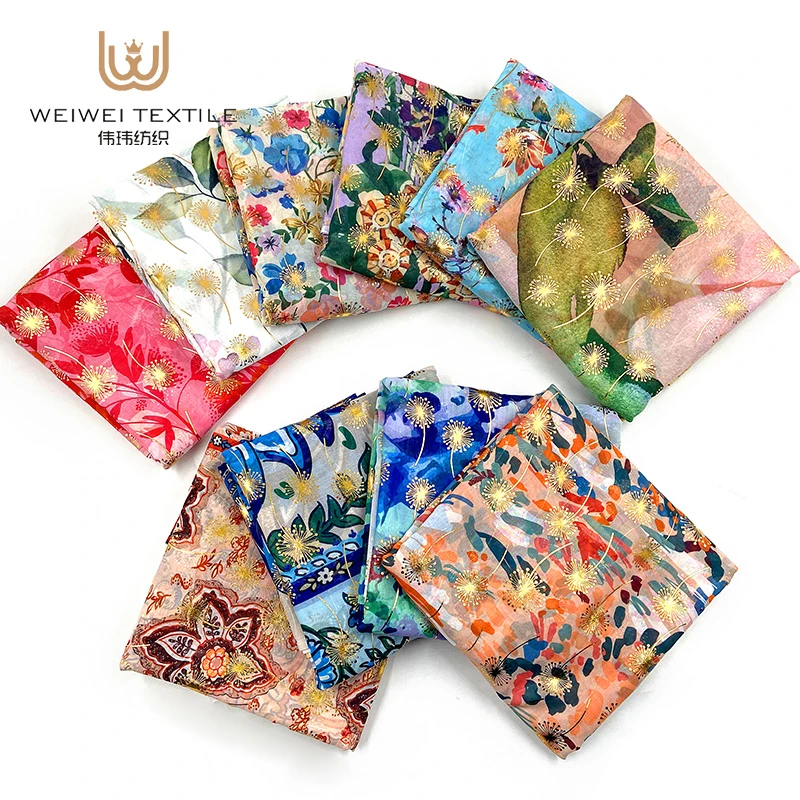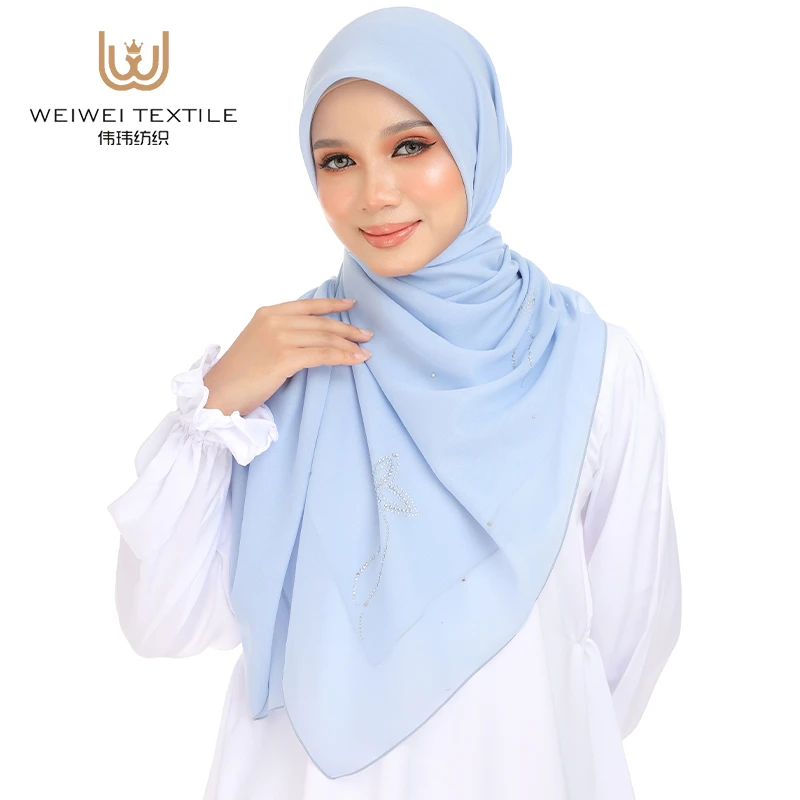Oct . 19, 2024 12:13 Back to list
head covering for muslim males
Head Covering for Muslim Males A Cultural and Religious Perspective
In various cultures around the world, head coverings serve as significant symbols of identity, tradition, and faith. Among Muslim males, the practice of wearing head coverings has profound roots in religious, cultural, and historical contexts. This article explores the significance of head coverings for Muslim males, examining its religious connotations, cultural implications, and contemporary perspectives.
Religious Significance
In Islam, the concept of modesty is paramount, and this extends to clothing and personal appearance. While female modesty often garners more attention, male modesty is equally important. The head covering, most commonly referred to as the kufi or topi, is worn by Muslim men as a symbol of their faith and submission to God. The Quran and Hadith, which document the teachings and practices of Prophet Muhammad, encourage modest attire and promote a sense of dignity among believers.
The practice of covering the head is rooted in the traditions of the Prophet Muhammad, who is described in various texts as wearing a type of head covering. Men may wear the kufi during prayers, religious gatherings, or daily activities, symbolizing their obedience and respect for Islamic teachings. This head covering acts as a reminder of their commitment to their faith and serves to distinguish them within the community.
Cultural Implications
The kufi is not merely a religious artifact; it is also a cultural emblem that varies in style, color, and design based on regional customs and personal preferences. In many cultures, the kufi reflects local artistry and craftsmanship, showcasing intricate patterns and vibrant colors. For instance, in African communities, the kufi might feature bold colors and unique designs that are significant to that particular culture. Meanwhile, in South Asian countries, intricate embroidery or embellishments may adorn the fabric, reflecting local traditions and heritage.
head covering for muslim males
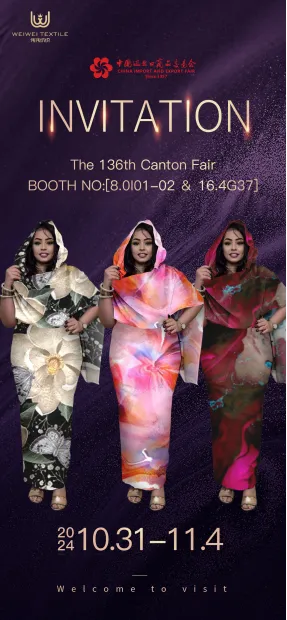
Beyond its aesthetic appeal, the kufi serves as a tool for cultural identity. In multicultural societies, wearing a head covering can signify a person's Muslim identity and may foster a sense of belonging among community members. It helps maintain cultural practices and preserves the traditions passed down through generations, allowing Muslim males to express their faith proudly.
Contemporary Perspectives
In recent years, discussions surrounding head coverings have become increasingly complex, particularly in the context of globalization and cultural exchange. Some Muslim males choose to wear the kufi while others may opt not to, leading to diverse expressions of faith within the Muslim community. Factors such as personal beliefs, cultural background, and social environment influence this choice.
Moreover, the increasing visibility of Muslim males in Western societies has sparked dialogues about identity, integration, and acceptance. While some embrace the kufi as a representation of their faith and cultural roots, others may feel pressured to conform to prevailing societal norms that discourage religious expression through attire. This tension highlights the ongoing struggle many Muslims face in balancing their religious obligations with the desire to fit into a broader societal context.
As conversations about religious attire continue to evolve, it is essential to recognize the diverse perspectives within the Muslim community. For some, wearing a kufi is a source of pride, reinforcing their connection to Islamic teachings and cultural heritage. For others, the decision to wear or not wear a head covering is influenced by personal, social, and political considerations that reflect their unique experiences.
Conclusion
The practice of wearing head coverings among Muslim males, particularly the kufi, is a rich tapestry woven with threads of faith, culture, and personal expression. It embodies not only religious adherence but also a commitment to cultural identity. As societal dynamics shift and evolve, the conversations surrounding head coverings will likely continue to develop, reflecting the diversity of thought and experience within the Muslim community. Ultimately, understanding the significance of head coverings is crucial in fostering respect, dialogue, and appreciation for the rich cultural and religious traditions that shape our world today.
-
Traditional Tudung Designs in Malaysia
NewsJul.25,2025
-
The Spiritual Significance of Satin in Muslim Attire
NewsJul.25,2025
-
The Right Way to Wear Arab Scarves for Muslim Women
NewsJul.25,2025
-
Zikr Bead-Infused Cotton Voile for Continuous Remembrance
NewsJul.11,2025
-
The Cultural Significance of Tudung in Malaysia
NewsJul.11,2025
-
Satin Hijabs as an Expression of Faith in Daily Life
NewsJul.11,2025





